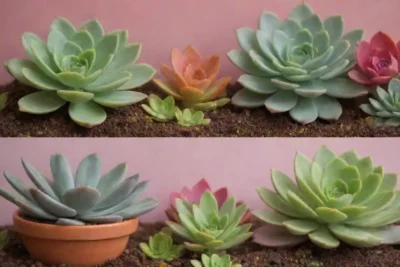
Maximizing Growth with the Right Artificial Lighting for Succulents
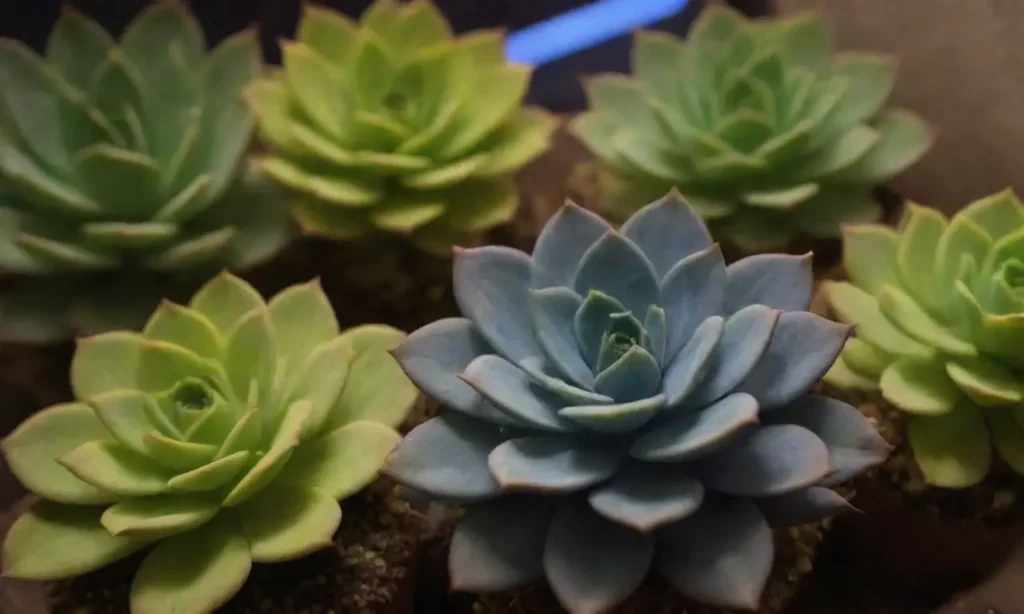
Introduction
The stunning beauty and unique adaptations of succulents have made them increasingly popular among plant enthusiasts. Their ability to store water in their leaves allows them to thrive in arid environments, making them ideal for indoor gardens. However, many growers face challenges when it comes to providing the right environmental conditions, particularly in relation to light. This article will dive into the various types of artificial lighting suitable for maximizing the growth of succulents and offer practical guidance on how to implement these lighting systems effectively.
In the following sections, we will explore the intricacies of succulent growth, the importance of consistent light exposure, and how to assess the requirements of your specific succulent varieties. We will also discuss different light types, how to arrange your lighting setups, and tips for troubleshooting common issues. By the end of this article, you'll have a comprehensive understanding of how to ensure your succulents flourish under artificial lighting.
Understanding Succulents and Their Light Requirements
Succulents are a diverse family of plants that have adapted to survive in low-water environments. Their thick, fleshy leaves store moisture, allowing them to endure prolonged periods of drought. However, these plants also have specific light requirements that directly influence their growth, color, and overall health. Different species vary in their needs, but most succulents thrive with around 6-8 hours of direct sunlight daily. The challenge comes when trying to replicate these conditions indoors, especially in environments with limited natural light.
One of the most fundamental principles of growing succulents is understanding how phototropism works. This natural phenomenon is where plants grow towards light. In the absence of sufficient natural sunlight, it becomes vital to utilize artificial lighting strategically. The right lighting not only helps in maintaining the health of your succulents but also promotes growth, vibrant colors, and flowering potential. Knowing your plant's specific lighting preferences is the first step toward creating an ideal growth environment.
Additionally, artificial lighting can be tailored to address seasonal changes. During the shorter days of winter, your succulents might not receive the light they require. Utilizing artificial light during these months mimics summer conditions, helping to prevent etiolation, which occurs when plants grow abnormally tall and thin due to insufficient light. Therefore, understanding and implementing the right lighting techniques is indispensable for any succulent grower.
Types of Artificial Lighting for Succulents
When it comes to providing artificial light for succulents, various options exist, each offering distinct benefits and drawbacks. Selecting the appropriate lighting system will largely depend on your specific violets, the size of your growing area, and your budget.
LED Grow Lights
LED (Light Emitting Diodes) grow lights have surged in popularity among indoor gardeners due to their energy efficiency, longevity, and versatility. These lights emit a full-spectrum light, mimicking natural sunlight, which is essential for photosynthesis. LED lights are particularly beneficial for succulents because they produce a minimal amount of heat, allowing growers to position them closer to the plants without the risk of scorching the leaves. This proximity can enhance growth rates and improve the overall health of your plants.
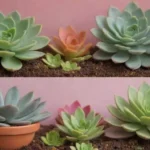 Seasonal Changes: Adjusting Light for Succulents Year-Round
Seasonal Changes: Adjusting Light for Succulents Year-RoundFurthermore, LED lights are generally more adaptable than other lighting types; they can be configured to emit specific wavelengths of light that are optimal for plant growth. For instance, blue light encourages vegetative growth, while red light promotes flowering. By customizing your LED setup, you can create the ideal environment tailored to the specific needs of your succulents throughout their growth cycles.
Even with all these advantages, it’s important to be mindful of the wattage and lumens. A common recommendation for succulents is approximately 200-400 lumens per square foot. Monitor your plants' response, as they will show signs of needing more or less light. Regularly check the leaves for color changes, browning, or stretching, as these can indicate whether your lighting setup is meeting their needs.
Fluorescent Grow Lights
Fluorescent grow lights, particularly T5 and T8 bulbs, are another robust option for indoor succulent cultivation. These lights are known for their affordability and efficiency, making them an excellent choice for beginners or those with a limited budget. They are available in various color temperatures, ranging from cool white (5000K) to warm white (2700K), with cool white often recommended for succulents since it mimics the full spectrum of sunlight more closely.
T5 bulbs, which are slimmer and produce more light than their T8 counterparts, are usually favored by those serious about growing succulents. When placed within 12-18 inches above your plants, T5 lights can significantly accelerate growth and ensure proper photosynthesis. Additionally, fluorescent bulbs generate less heat than incandescent varieties, making them safer for close-range use.
Although fluorescent lights are effective, they may need to be replaced more frequently than LEDs. Typically, fluorescent tubes last for about 10,000 hours compared to the 50,000 hours lifespan associated with LEDs. Thus, if you’re committed to growing succulents long-term, considering the investment in LED lights might prove beneficial in terms of maintenance and efficiency.
Incandescent Grow Lights
While incandescent grow lights might not be the most recommended option, it's worth noting that they can still be utilized in certain circumstances. They emit a warm glow and are easy to find and inexpensive. However, they are less energy-efficient and produce excessive heat, which can jeopardize the survival of your plants if placed too close. If you choose to go this route, ensure your incandescent lights are positioned at least 18-24 inches away from your succulents to avoid overheating.
Incandescent lights also have a shorter life span and consume more electricity compared to alternatives like LEDs and fluorescents. They do not emit a full spectrum of light, which is critical for photosynthesis. Given these limitations, incandescent lights are typically best suited for supplementary lighting rather than as a primary lighting source for succulents.
 Top Tips for Positioning Succulents Based on Light Availability
Top Tips for Positioning Succulents Based on Light AvailabilitySetting Up Your Artificial Lighting
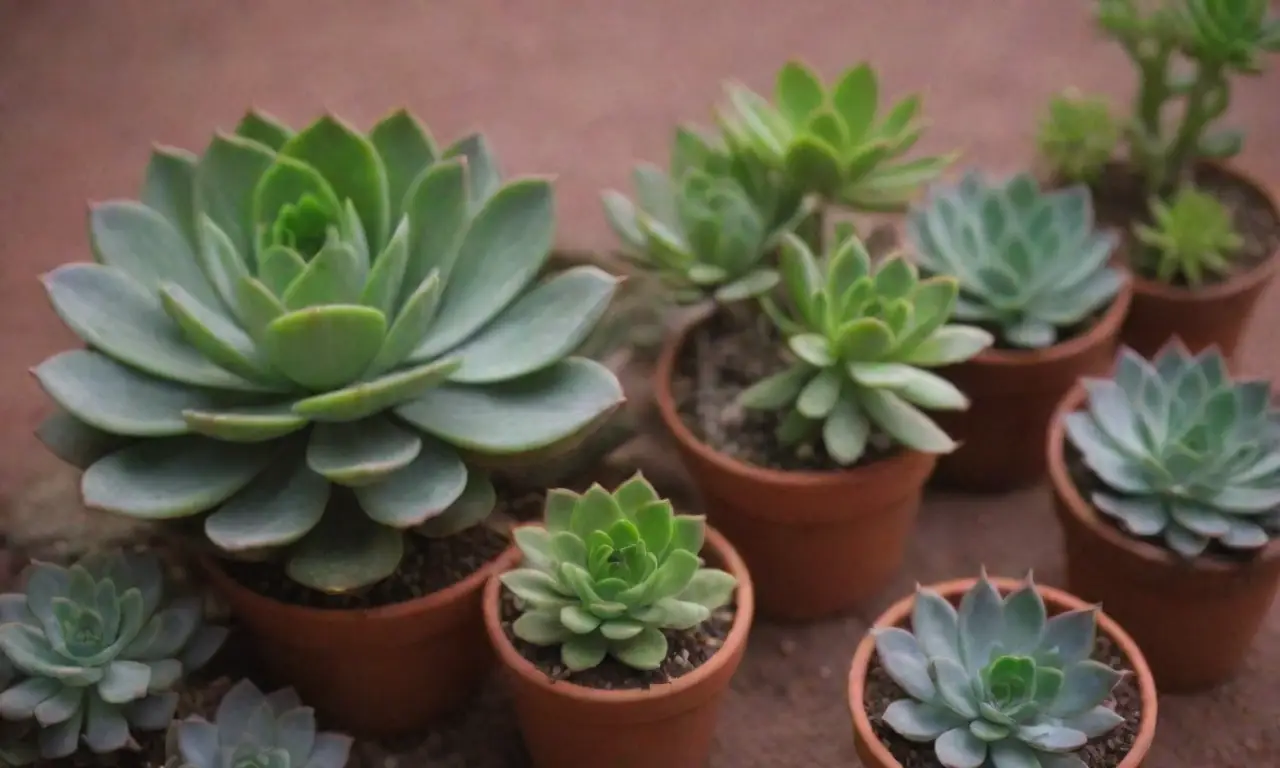
Once you have chosen the appropriate type of lighting for your succulents, the next key step is to effectively set up and arrange your artificial lights. The success of your indoor garden depends significantly on how you position your lighting and the duration you provide them.
Light Placement and Distance
Proper light placement is crucial for optimizing the growth potential of your succulents. Generally, your grow light should be positioned 12-24 inches above the plants, depending on the type of lighting being used. For high-intensity lights, such as LEDs, you may find that keeping them closer fosters faster growth, but ensure to monitor your plants to prevent leaf scorching. If your plants begin to show signs of browning at the tips or sunburn-like appearance, it may be time to raise the lights.
Furthermore, consider rotating your plants regularly. Since they tend to grow towards the light source, rotating their position ensures even growth and prevents unwanted leaning. This practice is especially vital for plants kept directly beneath stationary lights.
Light Duration
Determining the right light duration is another essential element in succulent care. Generally, succulents flourish with 12-14 hours of light per day during their growing season, which typically spans spring through early fall. During the dormant period in the winter, reduce light exposure to 6-8 hours daily. This seasonal adjustment encourages a natural cycle, making them less stressed and more likely to thrive.
Utilizing a timer can alleviate the stress of managing light duration manually. Many gardeners find that automatic timers ensure consistency in light exposure, which is vital for healthy succulent growth. By pre-programming your lights to turn on and off at specific times, you can rest easy knowing your plants receive the care they need even when you’re busy.
Troubleshooting Lighting Issues
Even with careful planning and setup, succulent growers may encounter various lighting issues. Watching for signs of distress in your plants can help identify the root of the problem. If you notice that leaves are stretching or becoming etiolated, it likely indicates insufficient light exposure. Conversely, if you see discoloration or leaf drop, it may suggest that the light is too intense or too close.
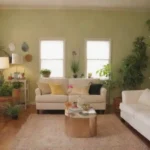 How to Maximize Light Retention in Small Spaces for Succulents
How to Maximize Light Retention in Small Spaces for SucculentsAdjusting the height or type of light in response to your plants’ reactions is crucial. Remember, effective plant care involves constant observation and adaptation.
Conclusion
In conclusion, providing the right artificial lighting is a critical component of successfully growing succulents indoors. Understanding their specific needs regarding light quality, duration, and intensity can significantly enhance their health and vitality. Through the use of LED, fluorescent, or even incandescent lights, you can create an environment where your succulents can thrive—mirroring their natural habitats.
Remember that proper light placement, adjusting light duration based on seasonal changes, and thorough troubleshooting will ensure that your succulents receive the optimal conditions necessary for growth. With a little effort and the right tools, you can cultivate a thriving succulent collection that brings joy and beauty into your home.
As you embark on your succulent journey, embrace the learning process. Each plant has its unique personality and growth pattern, allowing you to develop a relationship with your greenery. Whether you are a beginner or an experienced grower, the wisdom shared in this guide will help you master the science of indoor succulent care, leading to a flourishing garden you can be proud of.
If you want to read more articles similar to Maximizing Growth with the Right Artificial Lighting for Succulents, you can visit the Light preferences category.

You Must Read